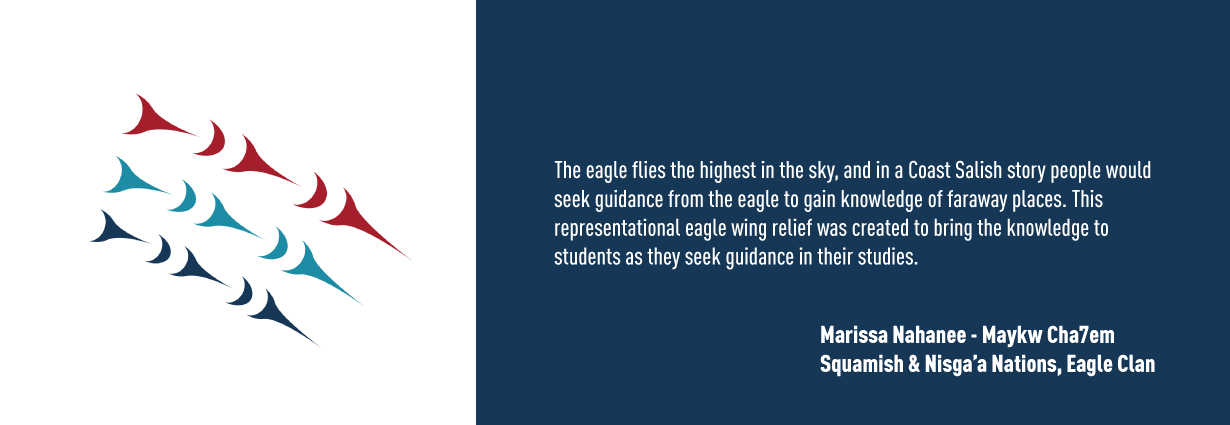
Contact Ashley Edwards, Indigenous Initiatives and Instruction Librarian, with any questions.
With the 94 Call to Action released by the Truth and Reconciliation Commission in 2015, and the burial sites of thousands being located on Residential School sites, many people are looking to continue (or start) their learning on Indigenous topics such as Residential Schools.
When deciding to include the topic into the classroom, a lot of care needs to be taken. It’s potentially re-traumatizing Indigenous learners, or asking non-Indigenous learners to confront a horrific truth about the Canada they think they know. It’s also important to recognize that Indigenous communities knew about burial sites prior to coverage in mainstream media in 2021, and are going through a process of grieving.
A first step that you can take is to learn more about Residential Schools, how you can support Indigenous communities, the ongoing impact of the Residential School era, and the larger socio-political context the schools were created in.
- Residential Schools in Canada, SFU Office for Aboriginal Peoples
- Residential Schools: SFU Library resources
- Every Child Matters: Orange Shirt Day, SFU Library display
- The Residential School system, Indigenous Foundations, UBC
- Telling Our Twisted Histories: School, CBC podcast
- Indian Residential School History and Dialogue Centre, UBC
- Residential School literature can teach the colonial present and imagine better futures, Michelle Coupal, The Conversation, February 20, 2020
- Truth before reconciliation: 8 ways to identify and confront Residential School denialism, Daniel Heath Justice and Sean Carleton, The Conversation, August 5, 2021
- Indian Residential Schools and the RCMP
In the classroom
When learning and teaching about Residential Schools, understanding the far reaching complexities is important. Not only does learning and teaching about Residential Schools need to happen in the field of Education, but also in Political Science, Health Sciences, and Criminology to name a few more. Ask yourself how your area of study may be influenced by or represented in the history of Residential Schools, the policies behind them, the treatment of the children, and the socio-political climate that allowed them to happen.
Language matters when talking about anything, but especially with Residential Schools. The children aren’t victims but survivors (see pages XII-XIII of The Survivors Speak for an explanation), and the graves aren’t mass graves but unmarked. When reading or listening to media coverage on Residential Schools, pay attention to word choice, and critically reflect on the language being used.
Supports
Including Residential Schools is potentially traumatizing for both Indigenous and non-Indigenous learners, RAs, TAs, and faculty. Please take care, and seek support if you need it.
SFU supports
Indian Residential School Survivors Society 24/7 support (1-800-721-0066)
The Indian Residential Schools Crisis Line (1-866-925-4419) is available 24 hours a day for anyone experiencing pain or distress as a result of their residential school experience.=
- Adults/Elders (250-723-4050)
- Child/Youth (250-723-2040)
- Toll free (1-800-588-8717)
- Métis Line (1-833-638-4722)
